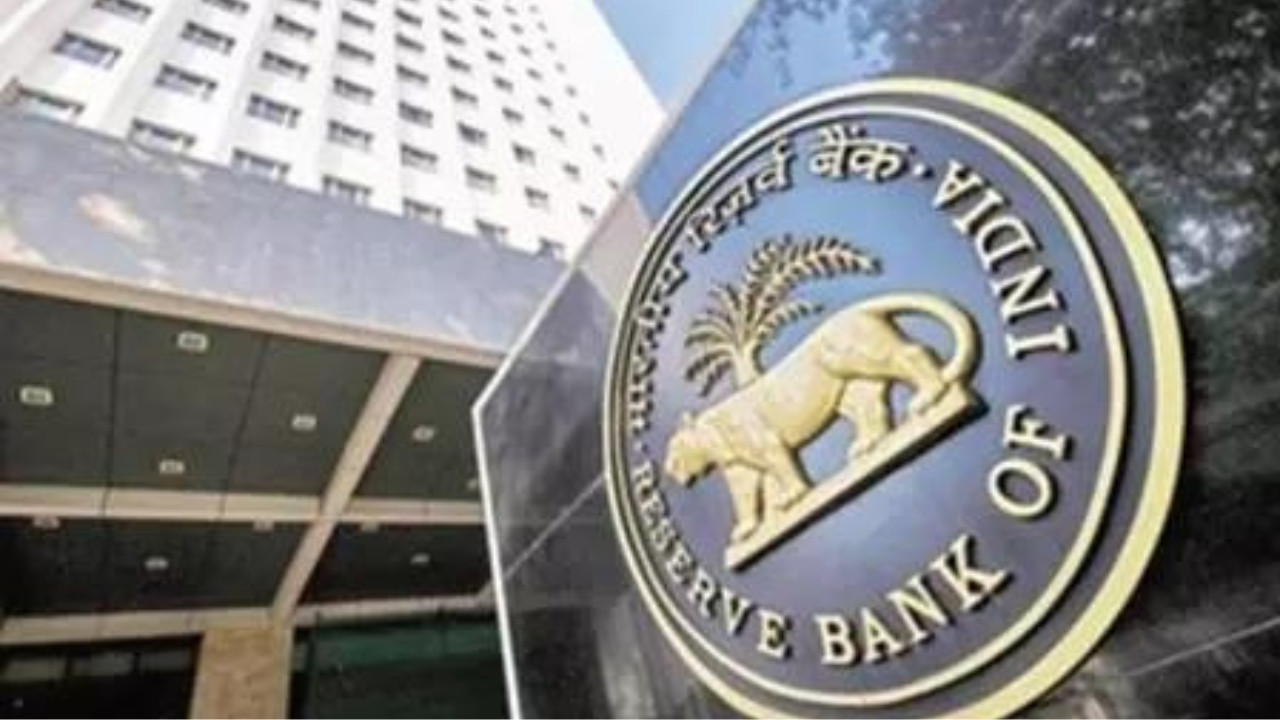The finance ministry suggests the RBI has scope for further interest rate cuts, as inflation remains below the 4% target, reaching a six-year low of 2.82% in May. With subdued core inflation and favorable global crude oil prices, the ministry anticipates the full-year inflation rate may undershoot the RBI’s expectations.
Decoding the Tea Leaves: What India’s Economic Report Signals for Your Wallet
The air crackles with anticipation. Are interest rates heading south again? India’s economic landscape is a complex tapestry woven with threads of inflation, growth projections, and, of course, the ever-watchful eye of the Reserve Bank of India (RBI). The Finance Ministry recently dropped its latest economic review, and while it doesn’t come right out and say it, the subtext is pretty clear: more easing might be on the horizon. What does this potential shift mean for you, the everyday consumer, and the Indian economy as a whole? Let’s dive in.
Inflation Takes a Breather: Good News for Future Interest Rate Decisions?
The headline everyone’s been waiting for? Inflation has dipped below the RBI’s 4% target. For months, the RBI has been wielding interest rate hikes like a blacksmith’s hammer, trying to forge price stability. Finally, it appears those efforts are bearing fruit. This cooling down of inflation is significant because it gives the RBI some breathing room. It’s like the pressure valve on a boiling pot finally releasing some steam. The report hints that a window of opportunity is opening to shift focus towards stimulating growth without the immediate threat of runaway prices.

Growth Still Needs a Nudge
While inflation is showing signs of taming, the report also acknowledges the need to keep the economic engine revving. Global headwinds – that’s economist-speak for uncertainties and slowdowns in other parts of the world – continue to pose a challenge. India, like many other nations, isn’t immune to these external pressures. Consequently, the Finance Ministry seems to be subtly advocating for a more supportive monetary policy. Lower interest rates could be the shot in the arm the economy needs, making borrowing cheaper for businesses to expand and consumers to spend. That sounds like a win-win, right? Well, it’s a bit more nuanced than that.
Reading Between the Lines of Future Interest Rate Decisions
The Finance Ministry’s report doesn’t explicitly call for rate cuts. Instead, it paints a picture – a detailed, statistically-backed picture – suggesting that the conditions are becoming increasingly favorable for such a move. This is typical government communication; they rarely make bold pronouncements. Instead, they lay the groundwork and let the RBI make the final call. Think of it as a carefully orchestrated dance where each partner knows their steps. The key takeaway is that the conversation around interest rates is shifting from “how much higher can they go?” to “when and by how much can they come down?”
What This Means For You
So, how does all this translate to your everyday life? Potentially lower interest rates could impact everything from your home loan EMIs to the returns on your fixed deposits.
* Home Loans and Other Borrowing: If the RBI does decide to cut rates, expect banks to follow suit, making loans cheaper. This is great news for anyone looking to buy a home, a car, or expand their business.
* Savings and Investments: On the flip side, lower interest rates mean lower returns on fixed deposits and other debt instruments. Investors might need to explore other avenues for better returns, potentially venturing into equities or other riskier assets. Diversification will be key, as always.
* The Broader Economy: Cheaper credit can fuel economic activity, leading to job creation and increased consumer spending. This, in turn, can boost corporate earnings and overall economic growth. A rising tide lifts all boats, as they say. If you’re looking for other ways to boost your savings, check out these tips on [smart investing for beginners](link-to-related-article-on-investing).
The RBI’s Next Move: Patience is a Virtue
Ultimately, the decision rests with the RBI’s Monetary Policy Committee (MPC). They will carefully weigh the Finance Ministry’s assessment, along with a host of other economic indicators, before making their next move. It’s unlikely that they’ll rush into anything. The RBI values its credibility and will want to ensure that inflation is truly under control before easing its grip on interest rates. Expect a cautious, data-driven approach.
In conclusion, the Finance Ministry’s latest report offers a glimmer of hope for those hoping for lower interest rates. While a rate cut isn’t guaranteed, the report strongly suggests that the pendulum is swinging in that direction. This potential shift could have significant implications for borrowers, savers, and the Indian economy as a whole, making it vital to monitor the situation closely.







